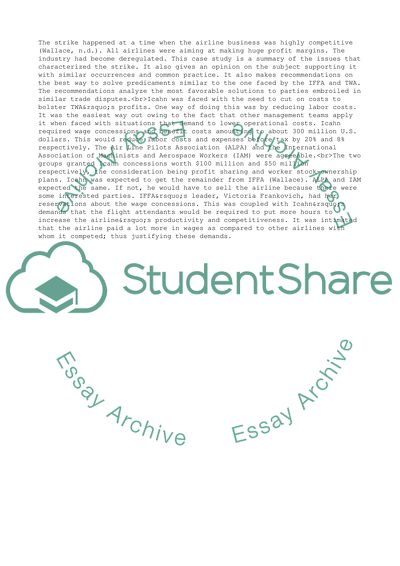Cite this document
(“Trans World Airlines Flight Attendance Case Study”, n.d.)
Trans World Airlines Flight Attendance Case Study. Retrieved from https://studentshare.org/management/1623881-case-study-of-the-attached-article
Trans World Airlines Flight Attendance Case Study. Retrieved from https://studentshare.org/management/1623881-case-study-of-the-attached-article
(Trans World Airlines Flight Attendance Case Study)
Trans World Airlines Flight Attendance Case Study. https://studentshare.org/management/1623881-case-study-of-the-attached-article.
Trans World Airlines Flight Attendance Case Study. https://studentshare.org/management/1623881-case-study-of-the-attached-article.
“Trans World Airlines Flight Attendance Case Study”, n.d. https://studentshare.org/management/1623881-case-study-of-the-attached-article.


